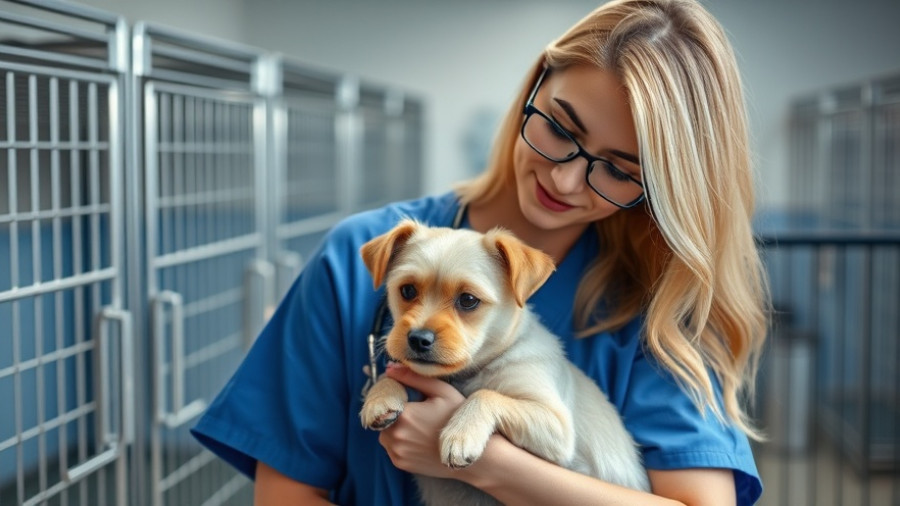
What is Canine Parainfluenza?
Canine parainfluenza is a viral infection that significantly affects dogs, often emerging as a key player within canine infectious respiratory disease (CIRD), commonly known as kennel cough. This condition isn’t caused by a singular pathogen but instead involves multiple bacterial and viral agents. The virus itself is especially contagious, spreading efficiently through respiratory secretions and surfaces contaminated by an infected dog's sneeze or cough.
Recognizing Symptoms of Canine Parainfluenza
Pet parents should be vigilant for several telltale signs if their furry friends have been exposed to other dogs in communal settings such as parks or boarding facilities. Symptoms of canine parainfluenza include:
- Dry, hacking cough
- Low-grade fever
- Lethargy
- Nasal discharge
- Decreased appetite
While many dogs may clear the virus without showing signs of illness, those who do exhibit symptoms can take up to 14 days to recover, necessitating supportive care to aid their immune system during this tumultuous period.
Causes and Transmission of Canine Parainfluenza
Transmission of the canine parainfluenza virus is straightforward; when an infected dog coughs or exhales, respiratory droplets contain the virus, making it easy for nearby dogs to breathe in the infectious agent. This infection often spreads in confined conditions, such as shelters and grooming facilities, due to close proximity among canines.
Moreover, the role of human carriers cannot be understated—people can inadvertently transport the virus if it adheres to their clothing or shoes. Affected dogs may continue shedding the virus for approximately two weeks, accentuating the need for caution in potential hotspots.
Diagnosis and Treatment Approaches
Once symptoms present themselves, a visit to the veterinarian is essential. The vet will conduct a comprehensive examination—this may include checking temperature, auscultating the heart and lungs, and observing any nasal discharge. Diagnostic methods could involve:
- X-rays to rule out pneumonia
- Nasal swabs for lab testing
- Initially recording the dog’s cough video to document symptoms effectively
Fortunately, treatment for canine parainfluenza tends to focus on supportive care. Your vet may suggest:
- Anti-inflammatory medications, such as carprofen for fever
- Cough suppressants for alleviating symptoms
- Antibiotics if there’s a risk of secondary bacterial pneumonia
Moreover, integrating supportive practices—keeping your dog hydrated and comfortable—can significantly aid in their recovery.
Prevention: Key Strategies to Keep Your Dog Safe
Understanding how to prevent the virus is paramount for pet owners, especially in environments where dogs frequently gather. Vaccination remains the most effective line of defense against canine parainfluenza. The core canine vaccine (DHPP) includes protection against parainfluenza and is administered in a series, starting from a young age.
Apart from vaccination, minimizing exposure to at-risk environments such as dog parks or grooming facilities can help reduce infection rates significantly.
Canine Parainfluenza: The Bigger Picture
Canine parainfluenza not only underlines the importance of vaccinations and general health care but also highlights the need for dog owners to remain proactive in recognizing symptoms. As custodians of our pets' well-being, knowledge and awareness are crucial. Regular vet visits and engaged communication about your pet's health can lead to prompt action, ensuring the safety and health of our beloved animals.
If you suspect your dog may be showing signs of canine parainfluenza, do not hesitate—reach out to your veterinarian for guidance and support. Alongside professional care, maintaining a vigilant routine about vaccinations and hygiene can create a protective barrier against this contagious virus.
 Add Row
Add Row  Add
Add 


Write A Comment